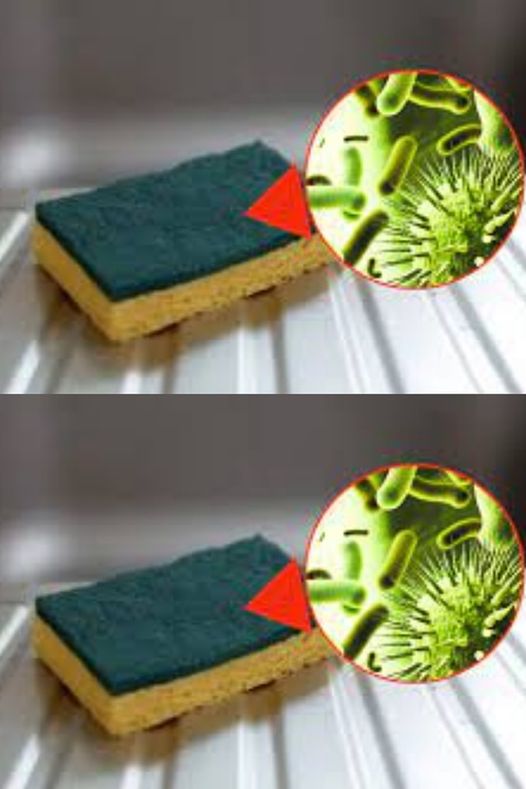ADVERTISEMENT
1. **Bacterial Growth**: Studies have shown that dish sponges are among the dirtiest items in a kitchen. They can harbor harmful bacteria, such as *E. coli*, *Salmonella*, and *Staphylococcus*, especially if they are not changed frequently. These bacteria can transfer to your dishes and food, potentially causing foodborne illnesses.
2. **Mold and Mildew**: The moist environment of a sponge is perfect for mold and mildew growth, especially if the sponge is not allowed to dry properly between uses. Mold and mildew can cause unpleasant odors and even health problems if left unchecked.
3. **Wear and Tear**: As you use your sponge, it starts to break down, and the material can become less effective at cleaning. It may develop visible signs of wear, such as fraying or tearing. A worn-out sponge will not clean as effectively and can leave behind dirt and bacteria.
4. **Odors**: A sponge that is left too long can begin to smell bad. Even if you rinse it thoroughly after each use, food particles and bacteria trapped inside the sponge can start to decay, causing foul odors.
### Signs It’s Time to Change Your Sponge
While the 2-week rule is a general guideline, there are a few signs to watch out for that indicate it’s time to replace your sponge sooner:
– **Bad Odor**: If your sponge starts to smell sour, musty, or like old food, it’s time for a replacement.
– **Visible Wear**: If the sponge is frayed, torn, or falling apart, it’s no longer effective at cleaning.
– **Stains and Discoloration**: If your sponge develops stains that can’t be removed or shows significant discoloration, it’s a sign that it’s time to toss it.
– **Persistent Bacteria or Mold**: If you notice mold or any persistent buildup that doesn’t come out with cleaning, it’s time to let go of the sponge.
### Tips for Extending the Life of Your Sponge
While you should still replace your sponge regularly, there are a few things you can do to extend its lifespan and keep it as clean as possible in between replacements:
1. **Rinse Thoroughly After Each Use**: Rinse your sponge thoroughly with hot water after each use to remove food particles and soap residue. This helps reduce bacterial buildup.
2. **Dry the Sponge Between Uses**: Always wring out your sponge and allow it to dry completely between uses. A dry sponge is less likely to harbor bacteria and mold.
3. **Disinfect Your Sponge**: You can disinfect your sponge every few days by soaking it in a mixture of water and vinegar or microwaving it damp for 1-2 minutes. This can help kill germs and extend the sponge’s life.
4. **Use Separate Sponges for Different Tasks**: Consider designating different sponges for specific tasks, such as one for dishes and one for cleaning countertops or wiping down surfaces. This can prevent cross-contamination and keep your sponges cleaner for longer.
5. **Consider Alternative Cleaning Tools**: If you’re concerned about bacteria buildup, you might want to consider using alternatives to traditional sponges, such as dishcloths, silicone scrubbers, or scrub brushes, which can be more hygienic and easier to clean.
### Conclusion
In short, you should aim to replace your dish sponge every 2 weeks to prevent bacteria, mold, and odors from building up. Regularly replacing your sponge ensures that you’re using a clean tool to wash your dishes, which is essential for maintaining a safe and hygienic kitchen. By following these guidelines and keeping an eye on the condition of your sponge, you can help keep your kitchen as clean as possible and avoid any unwanted bacteria from making its way into your food.
ADVERTISEMENT
